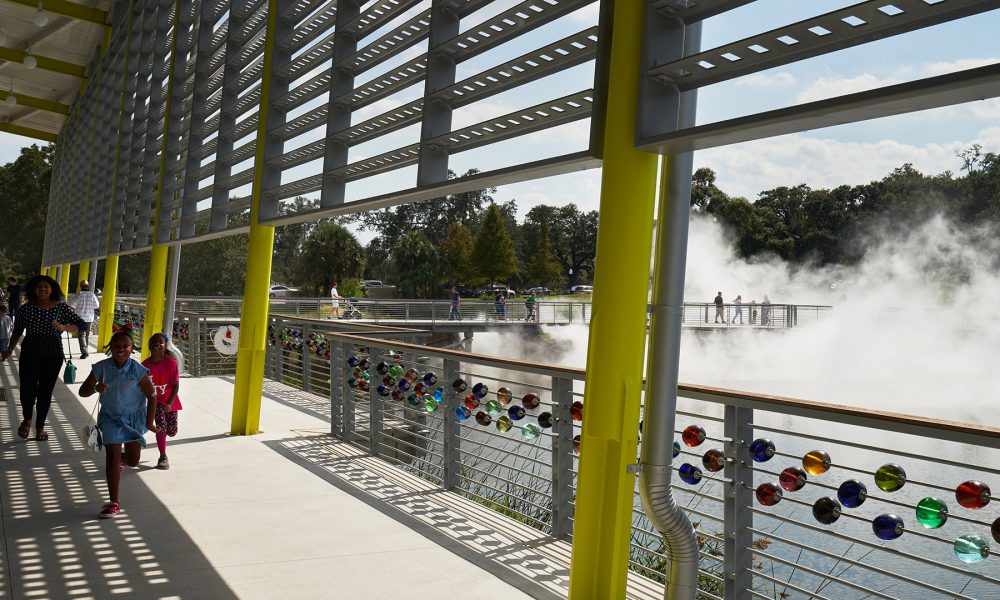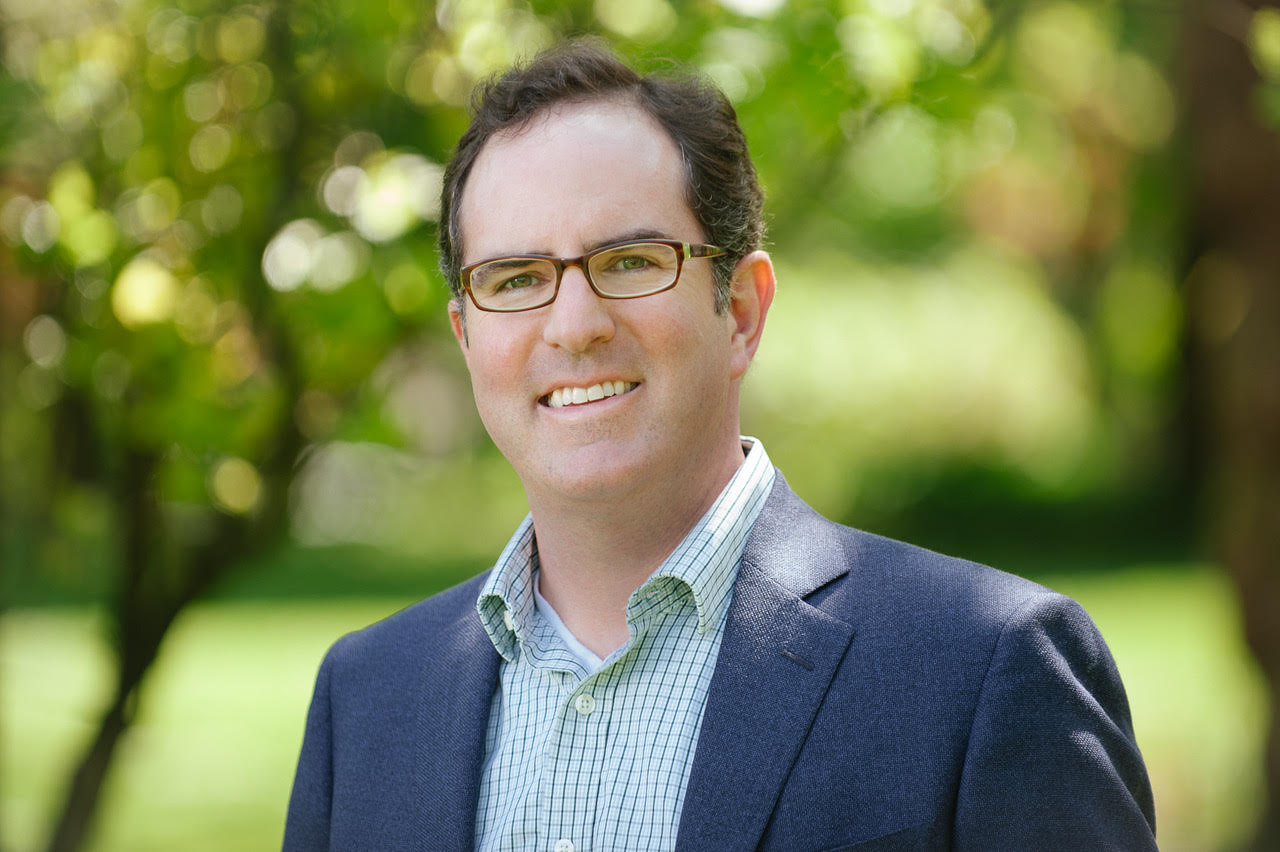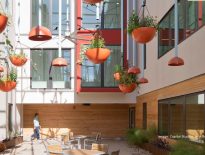Biophilic Design Award winner connects children and nature in New Orleans
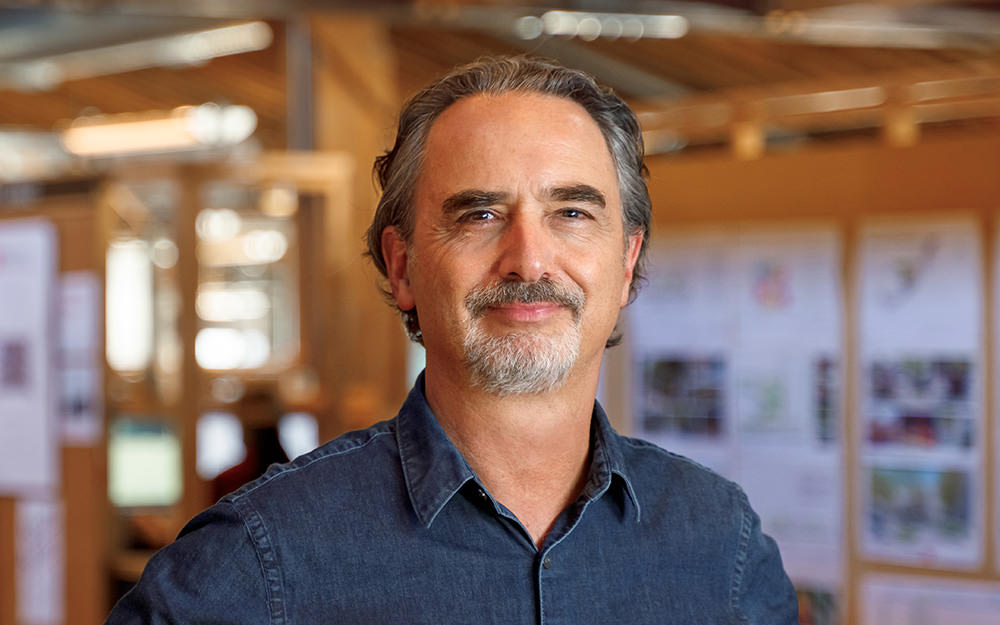
With the world’s largest grove of live oaks stretching overhead, the Louisiana Children’s Museum was uniquely designed for New Orleans’ City Park. This didn’t happen by accident, but rather as an explicit commitment to the Museum’s CEO, Julia Bland. “This would be a building and place that could only be on this site,” recalled Richard Franko, principal in charge of the project at Mithun. Unlike the grocery store exhibits common to almost every other children’s museum, in Louisiana they were “trying to create something essential to New Orleans,” according to Franko.
With alligators swimming lazily by in the lagoons that connect to Bayou St. John, the site offered special challenges. For example, the park was designed to be a receiving area for stormwater, part of a regional strategy based on approaches to flood management from the Netherlands. During Hurricane Katrina, the site found itself under more than four feet of water, more than the typical 1-2 foot floods.
As a result, resilience was a key design strategy. It is also a core value for the Museum, albeit from the perspective of raising resilient kids. Nonetheless, it only made sense for the project to design with flooding in mind. From flood-tolerant native plants to boardwalks that allow visitors to access the museum during high water, the team designed a building in line with the natural systems of its site.
When the Children’s Museum set out to create a new home, one of their goals was to rethink how they engage with children and families. While “biophilia” may not have been the word they used, their goal was to address nature deficit disorder by creating opportunities for kids to spend time outdoors on their 8.5 acre site – and to bring nature inside the building.
For example, the Museum was designed so anyone who walks through the park can have experiences without going inside. The Museum brought public benefits to everyone in the public park, such as the fog sculpture that shrouds visitors in a gentle mist. Kid-sized windows – “kindows” – offer cozy nooks to view the turtles, butterflies and birds outside, with design features mimicking the curves of the Mississippi River nearby.
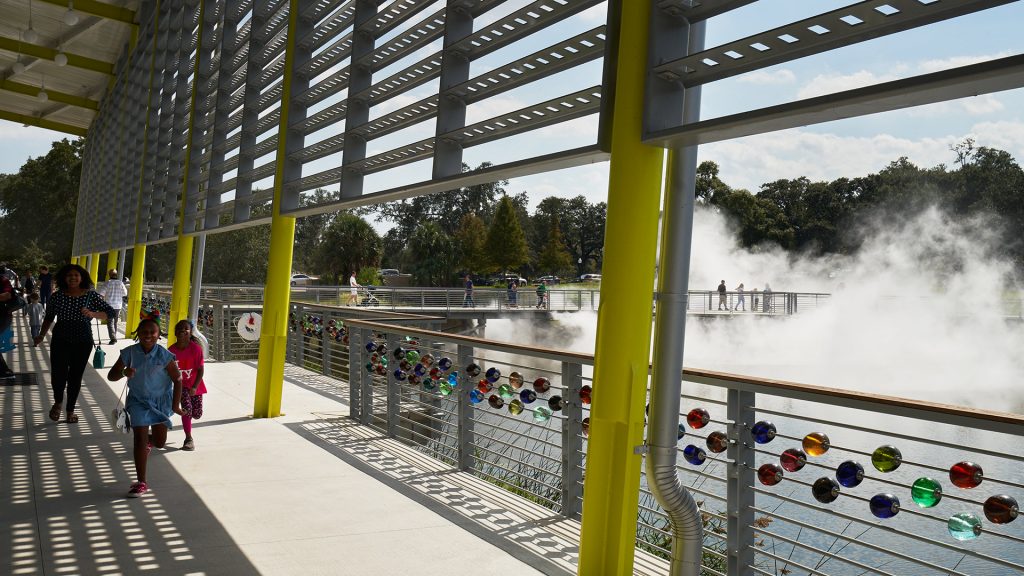
“The philosophy grew out of environmental education, where every place is a learning place,” Franko explained. “We tried to create a full immersion experience.”
As a result of the thoughtful approach, the Louisiana Children’s Museum won the 2021 Stephen R. Kellert Biophilic Design Award. “The Award recognizes on a larger international stage something we thought was essential: the interconnection between children and nature,” Franko noted
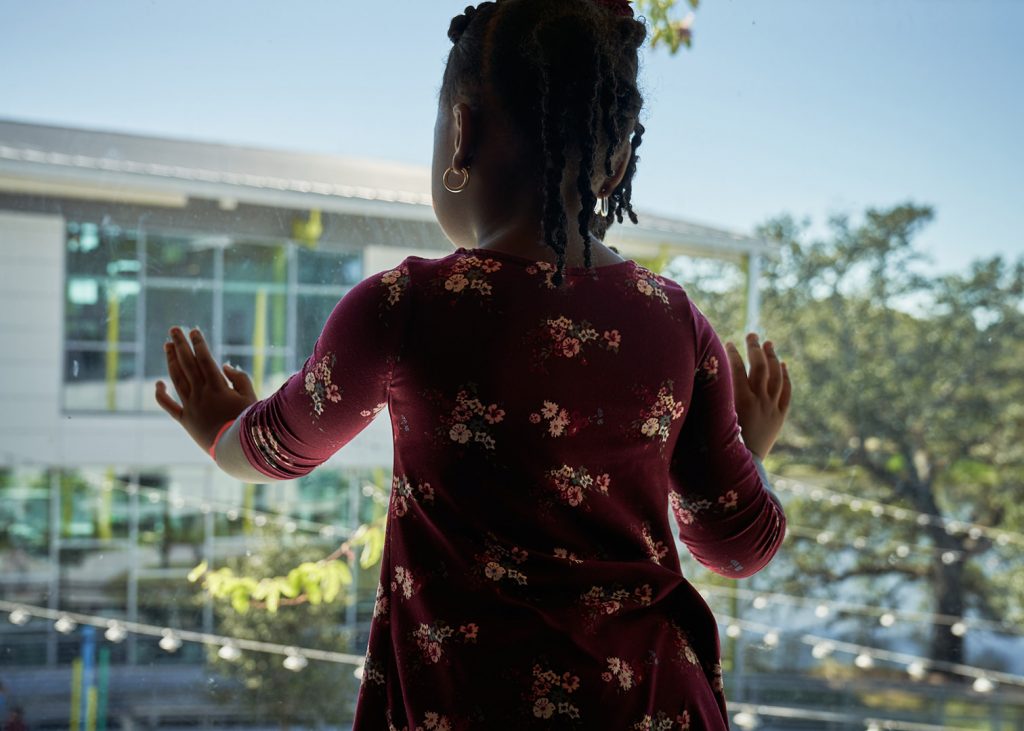
Integrating biophilia into the design of landscapes and buildings does not happen by coincidence; it is an intention that threads through a project. And too often, concepts like “biophilic design” may seem abstract when people first learn of them. “It’s really important to have examples that inspire us as designers,” Franko said. “We always need a new aspirational level, and to see aspirations realized.”
The Louisiana Children’s Museum shows that when we design buildings with natural systems in mind, we create solutions that are efficient, resilient and refined. Their new building will shape generations of children, tomorrow’s leaders who will have to find solutions to the challenges we face today.
Your donation supports community impact
Around the world there is a community of visionaries pushing for a living future every day. In ways great and small, these leaders are changing minds, overcoming obstacles and bringing ambitious projects to life. Individually, they cause ripples that show what’s possible. Collectively, they envision a regenerative future. Your donation to the International Living Future Institute enables us to support this community with programs, technical support, events and education. Please consider a donation today.
